Fire Suppression System Types
Fire suppression system types. Each type has unique properties that might lend themselves well to differing fire types. Whether the installation of an individual fire suppression system for a specific area or the engineering and installation for a complete fire safety system that includes detection alarms suppression emergency lighting signage and every other element of fire safety you can be sure that you are purchasing the best equipment in the industry which will be installed with a level of. Clean Agent Fire Suppression.
Further FM 200 is known as one of the automatic fire suppression systems. It is common in hospital and electronic setups. And can be addressable or conventional depending on you and your buildings needs.
An automatic fire suppression system can be described as an extinguishing agent of fire designed under national fire protection association standard 13 NFPA 13 Different types of fire suppression systems. As discussed in detail below these agents have unique properties that are ideal for protecting sensitive equipment and contents within a building even while suppressing a fire. Chemical Agent Systems Wet Chemical.
This module will cover a lot of. There are two common types of automatic fire suppression systems non-electrical systems and active electrical systems. This is one of an effective fire detector and safety method for small areas.
Carbon dioxide fire suppression system CO2 is the oldest of the clean agent systems out there and inexpensive as compared to other clean agents. There are three common categories of gaseous clean agent fire suppression systems. The main agents that are encountered today include.
Since fire sprinkler systems use water to prevent fires from spreading they would damage property in these areas. Inert gasses such as nitrogen inergen and aragonite are very useful fire suppressants. Carbon Dioxide Fire Suppression System.
This type of suppression system provides a heavy blanket of gas that reduces the oxygen level to a point where combustion cannot occur. Deluge fire sprinkler system.
Dry pipe sprinkler system.
The primary components we will examine are fire alarm systems fire detection and notification systems suppression agents and systems water distribution systems automatic sprinkler systems standpipe and hose systems and portable fire extinguishers. Smoke detectors pull-stations etc. This is one of an effective fire detector and safety method for small areas. There are three main types of clean agent fire suppression systems. Whether the installation of an individual fire suppression system for a specific area or the engineering and installation for a complete fire safety system that includes detection alarms suppression emergency lighting signage and every other element of fire safety you can be sure that you are purchasing the best equipment in the industry which will be installed with a level of. Carbon Dioxide Fire Suppression System. Carbon dioxide fire suppression system CO2 is the oldest of the clean agent systems out there and inexpensive as compared to other clean agents. Inert gasses such as nitrogen inergen and aragonite are very useful fire suppressants. Benefits of Fire Suppression System.
Carbon dioxide fire suppression system CO2 is the oldest of the clean agent systems out there and inexpensive as compared to other clean agents. The primary components we will examine are fire alarm systems fire detection and notification systems suppression agents and systems water distribution systems automatic sprinkler systems standpipe and hose systems and portable fire extinguishers. Likewise the NFPA also lists criteria that must be met for the requirements of certain types of fire suppression systems. Another fire safety system is the clean agent fire suppression system that works by releasing odorless gas to eliminate oxygen in a room. Just like any Fire Alarm System a Fire Suppression System is made up of similar components. Oxygen is the life force of fire. It is common in hospital and electronic setups.



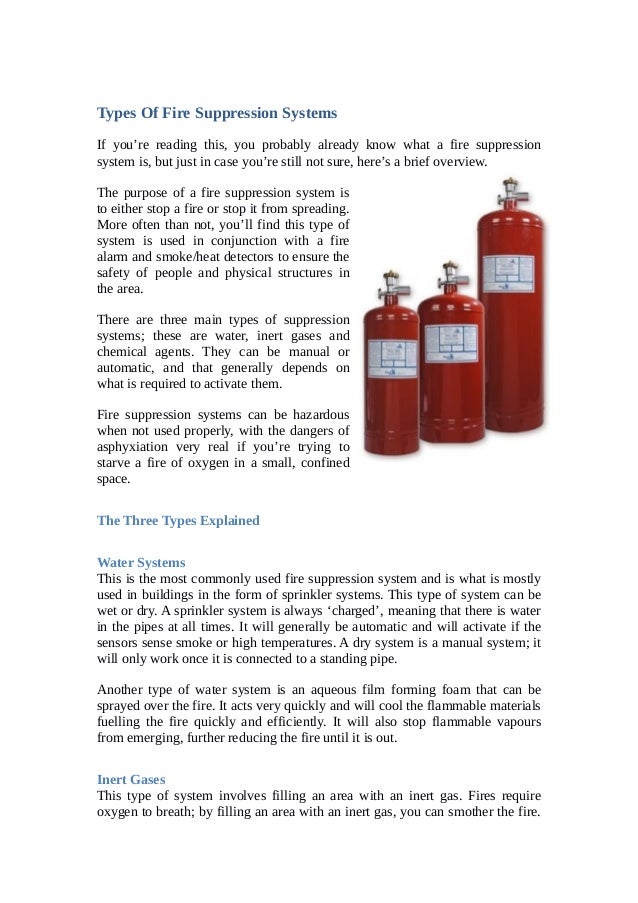


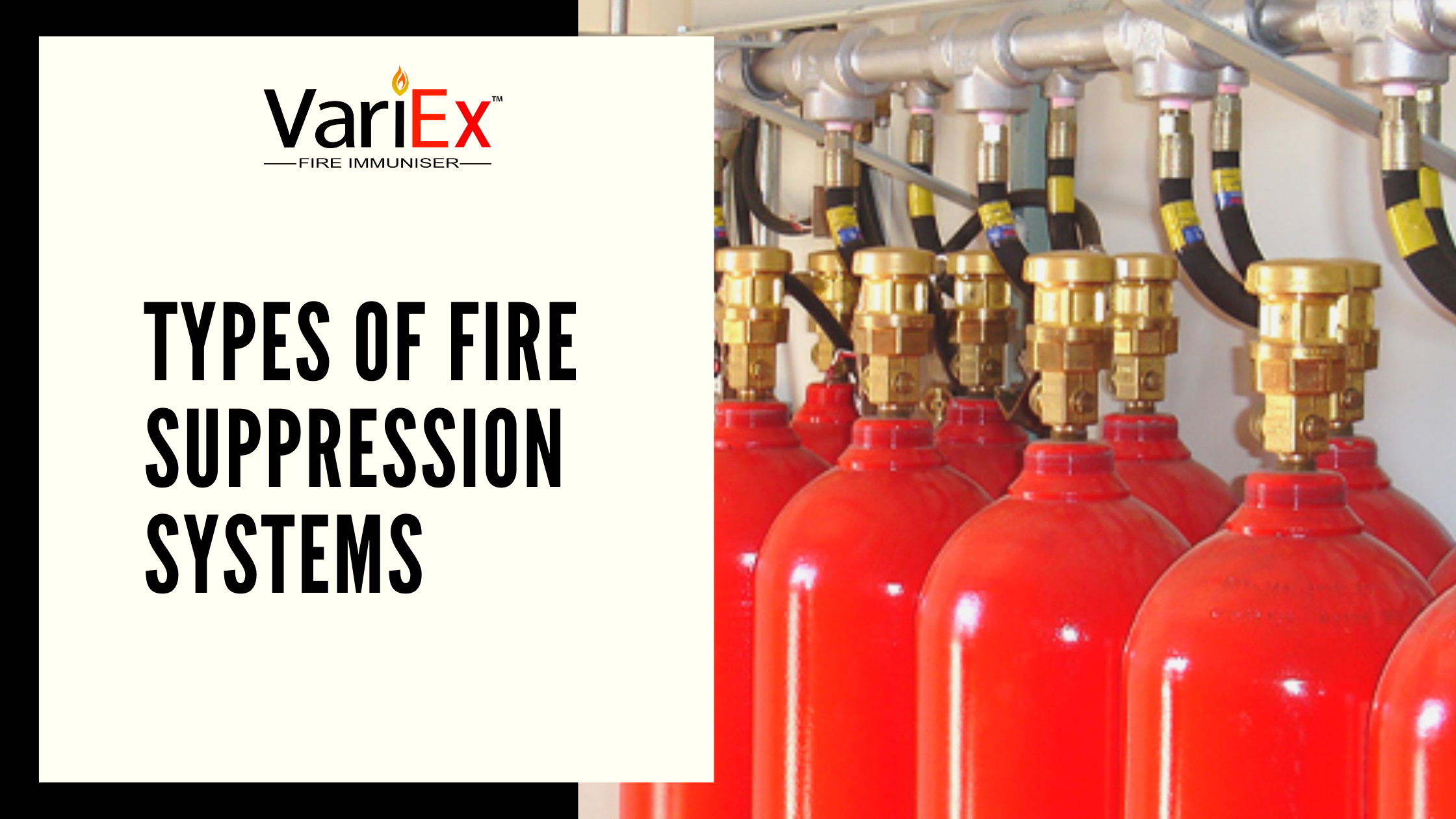


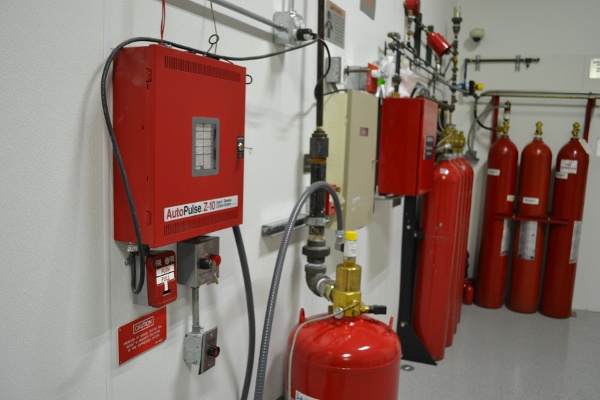

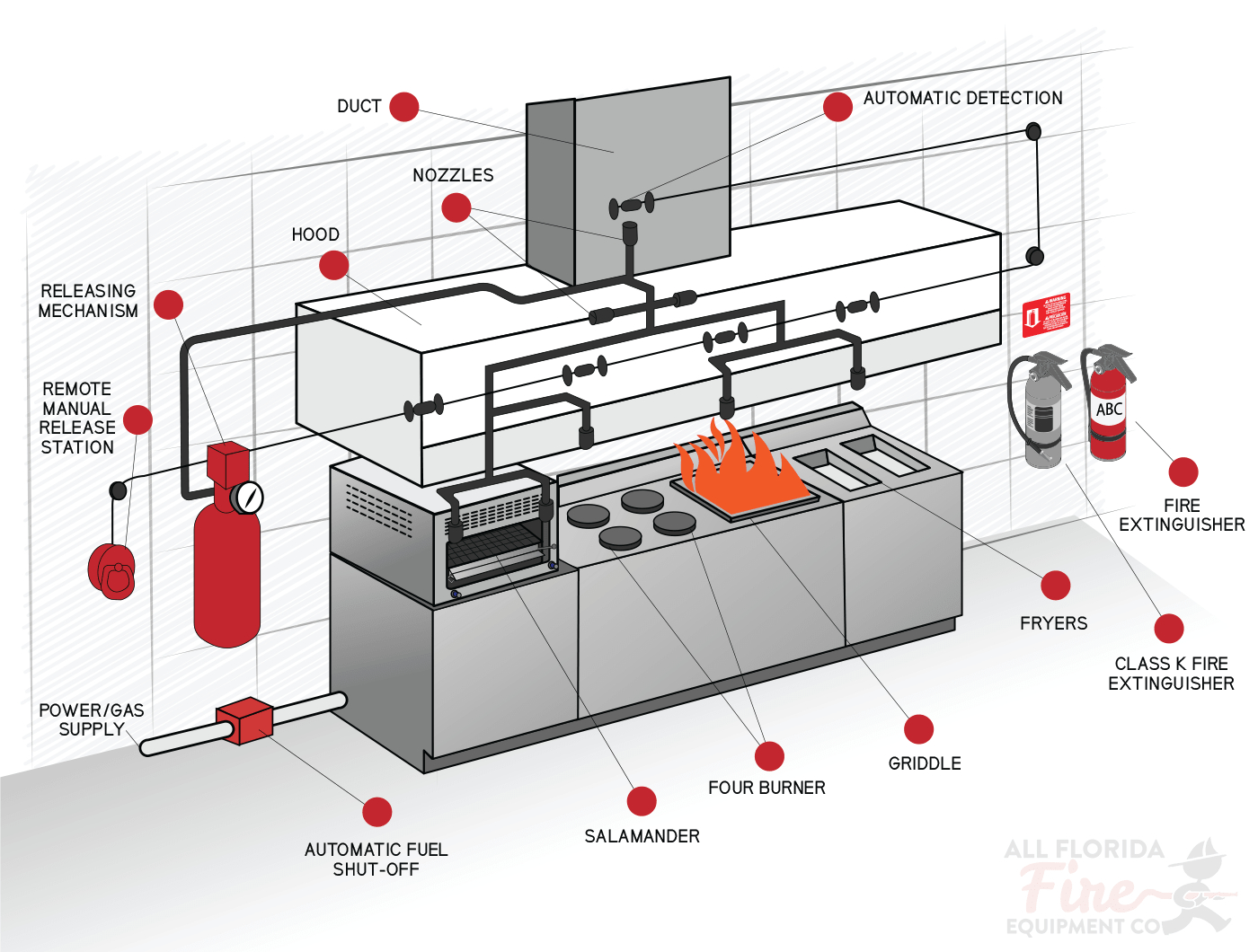
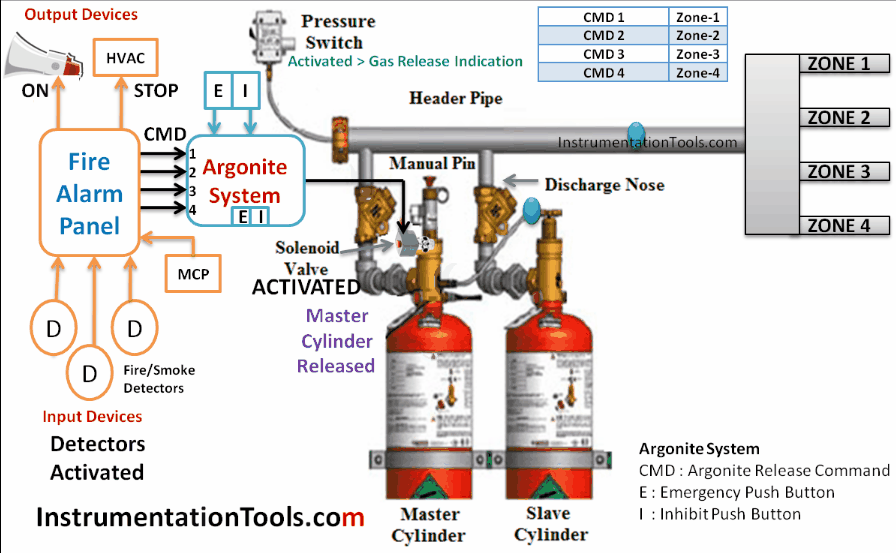




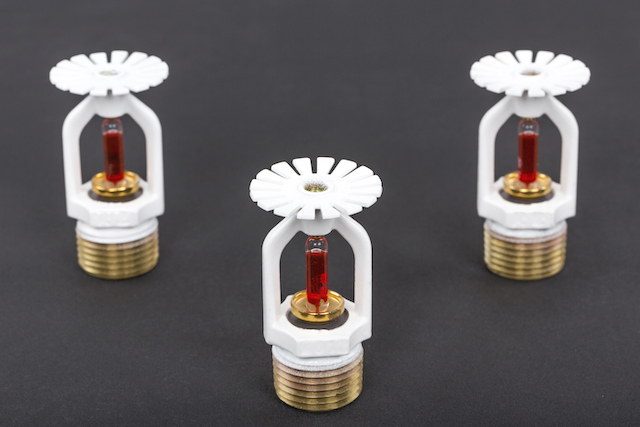

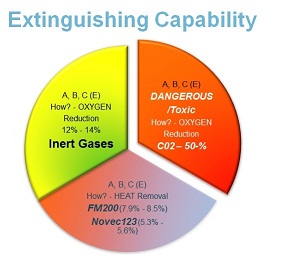

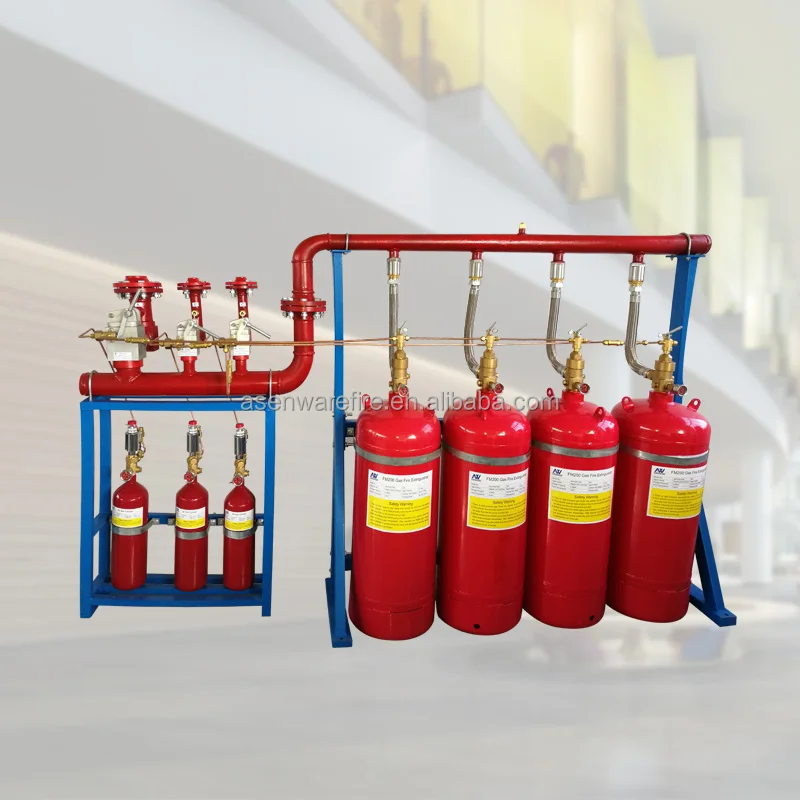

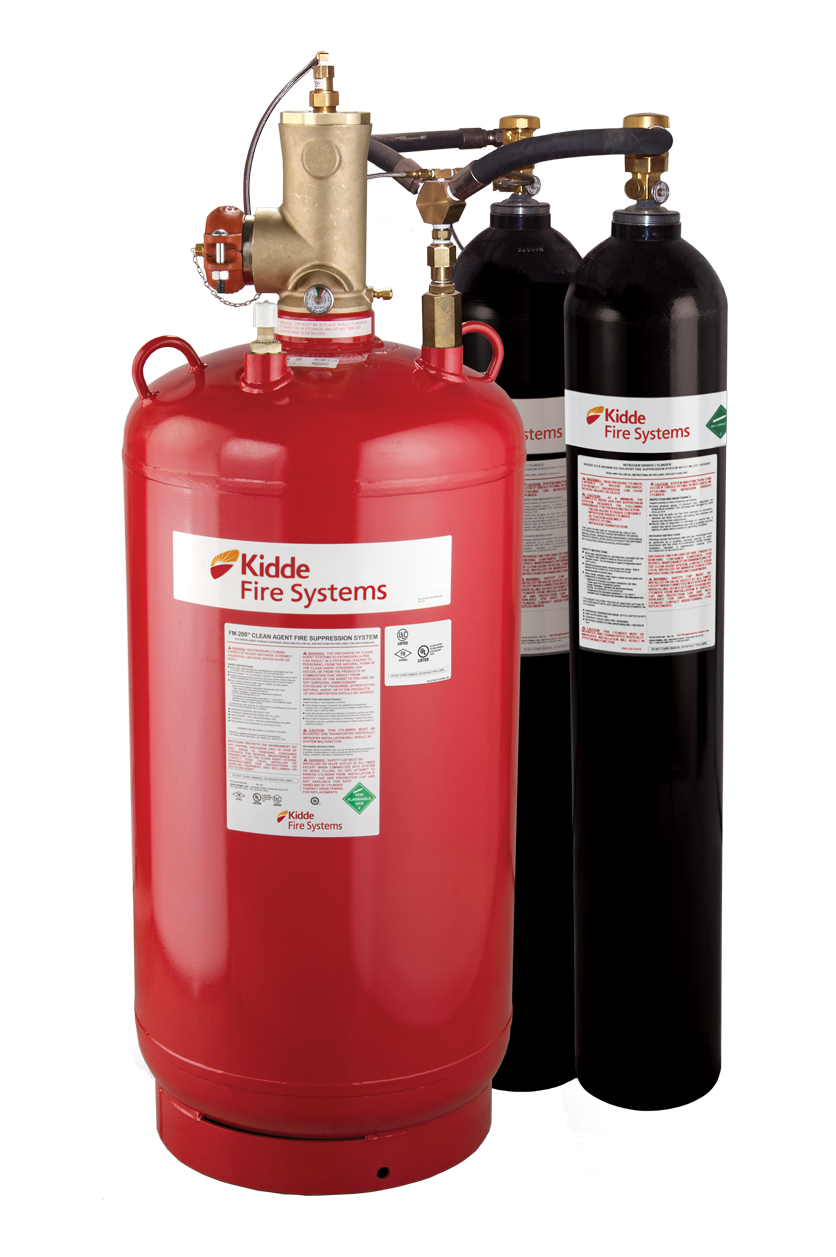







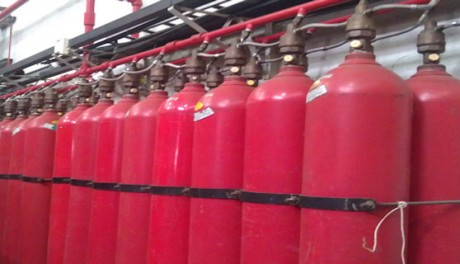
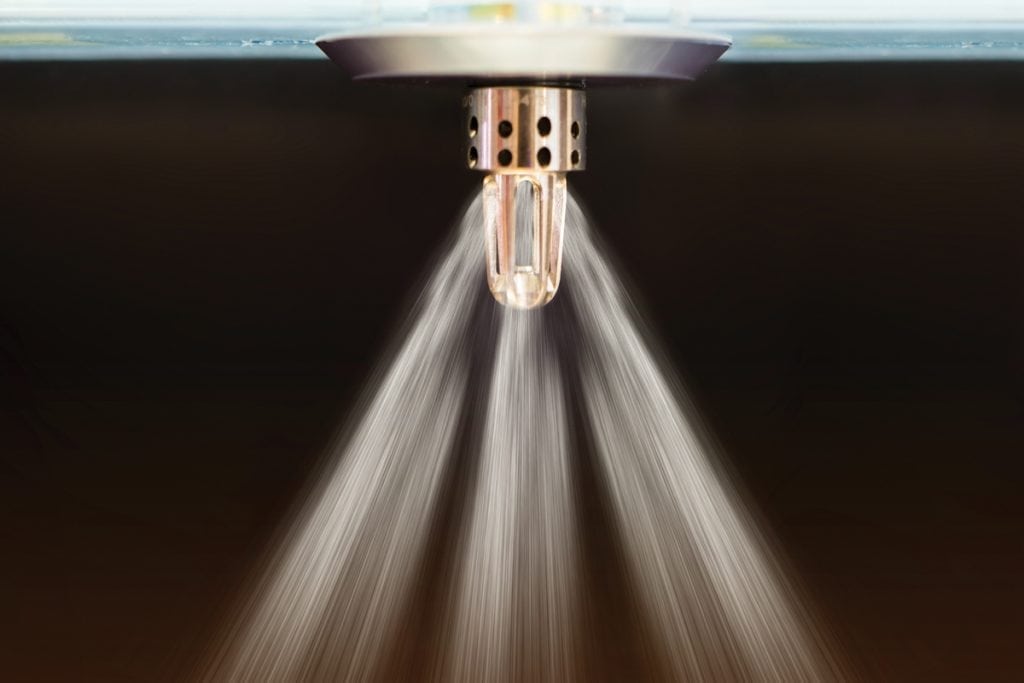


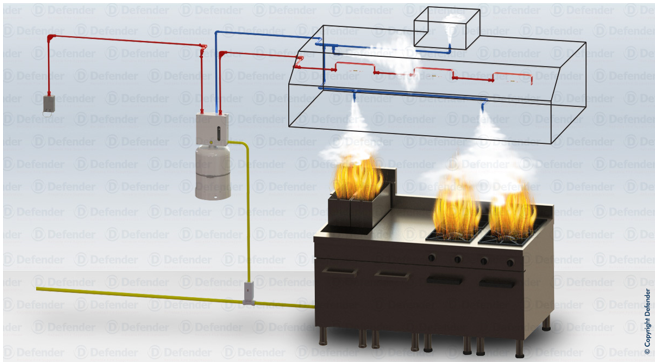


Post a Comment for "Fire Suppression System Types"